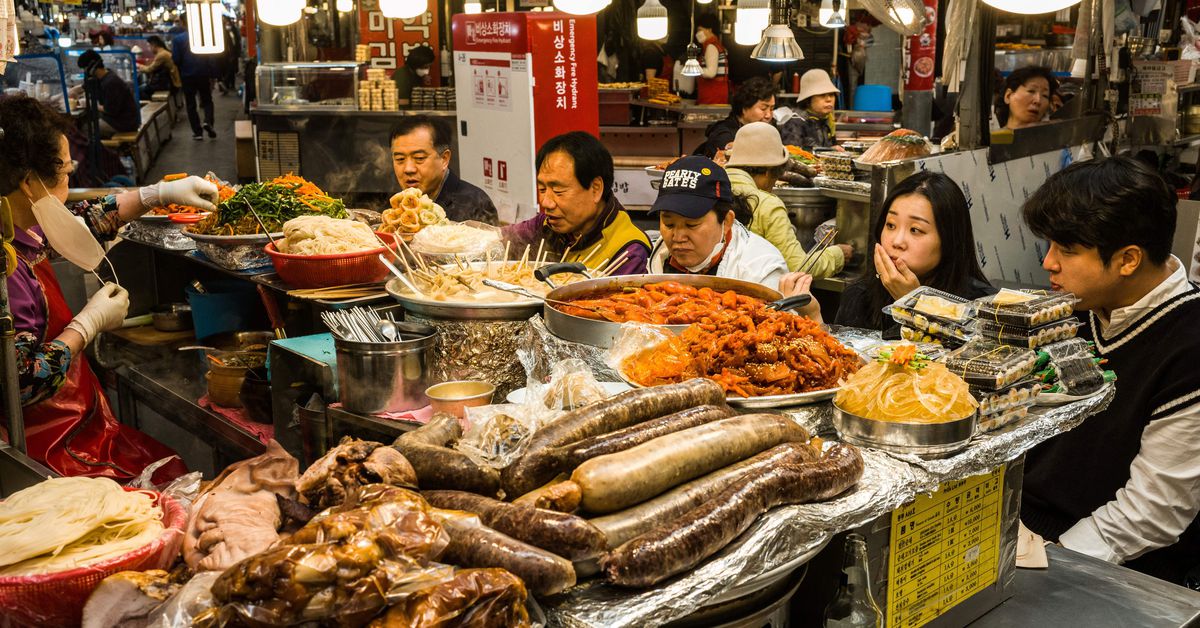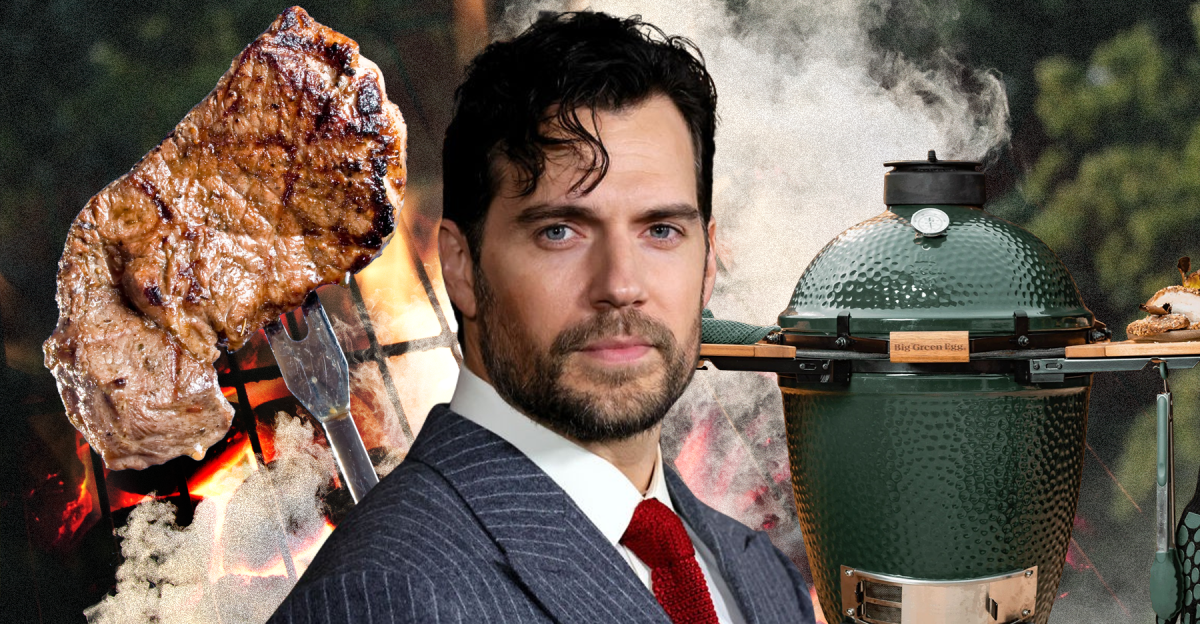Seoul’s food traditions extend back centuries, from the hearty bowls of seolleongtang (ox bone soup) found in cozy restaurants to the simple vegan fare of Buddhist temples. Long-standing restaurants — like Wooraeok with its Pyongyang naengmyeon, seasonal seafood landmark Anju Maeul, and popular drinking and noodle spot Hansung Kalguksu — continue to hold their ground. But the city is dynamic and ever-evolving, and trends constantly reshape the landscape. Over the last decade, Seoul’s food scene, along with the rest of Korean cuisine, has captured international attention, attracting a surge of tourists and propelling Seoul to a prominent position as a global food capital.
As appreciation for Korean barbecue continues to rise, a wave of new, well-crafted, meat-centric restaurants has emerged, such as Sancheong Sootbul Garden, which follows in the footsteps of iconic establishments like Samwon Garden and Wooraeok. The latest culinary generation is also making its mark at innovative venues, like contemporary Asian tasting menu spot Vinho and Michelin-starred Solbam, helmed by chefs who honed their skills in the city’s top fine dining establishments. Nestled near Gyeongbokgung Palace and home to some of Seoul’s finest art galleries, the Anguk neighborhood has become especially popular with diners, who pop into galleries and classic Korean restaurants, as well as trendy bakeries like the London Bagel Museum and Cafe Onion. An impressive selection of cocktail bars and diverse international cuisine round out the offerings.
Whether you’re dining on fried mung bean pancakes at a bustling street market, digging into sizzling plates of Korean barbecue, or indulging in a tasting menu at an upscale, Michelin-starred restaurant, you certainly won’t be bored.











